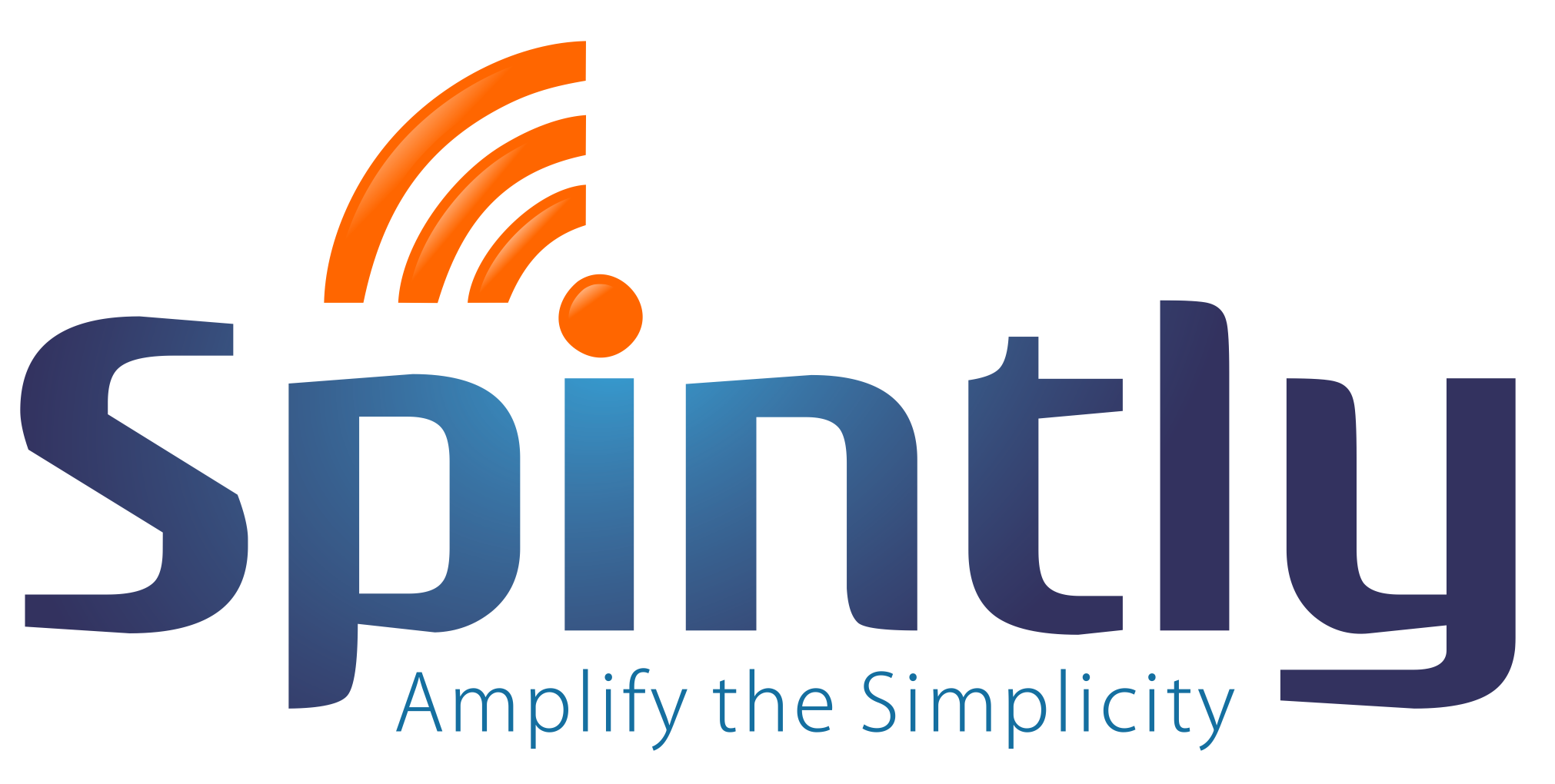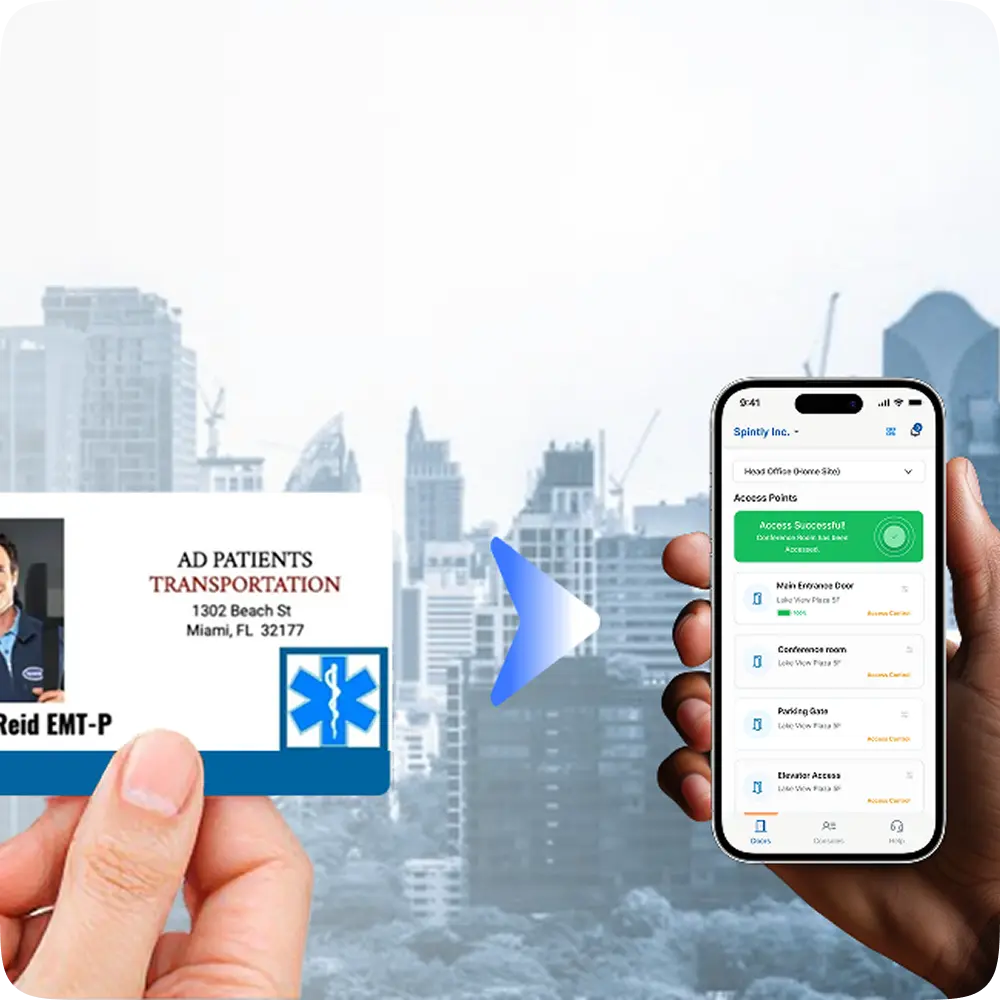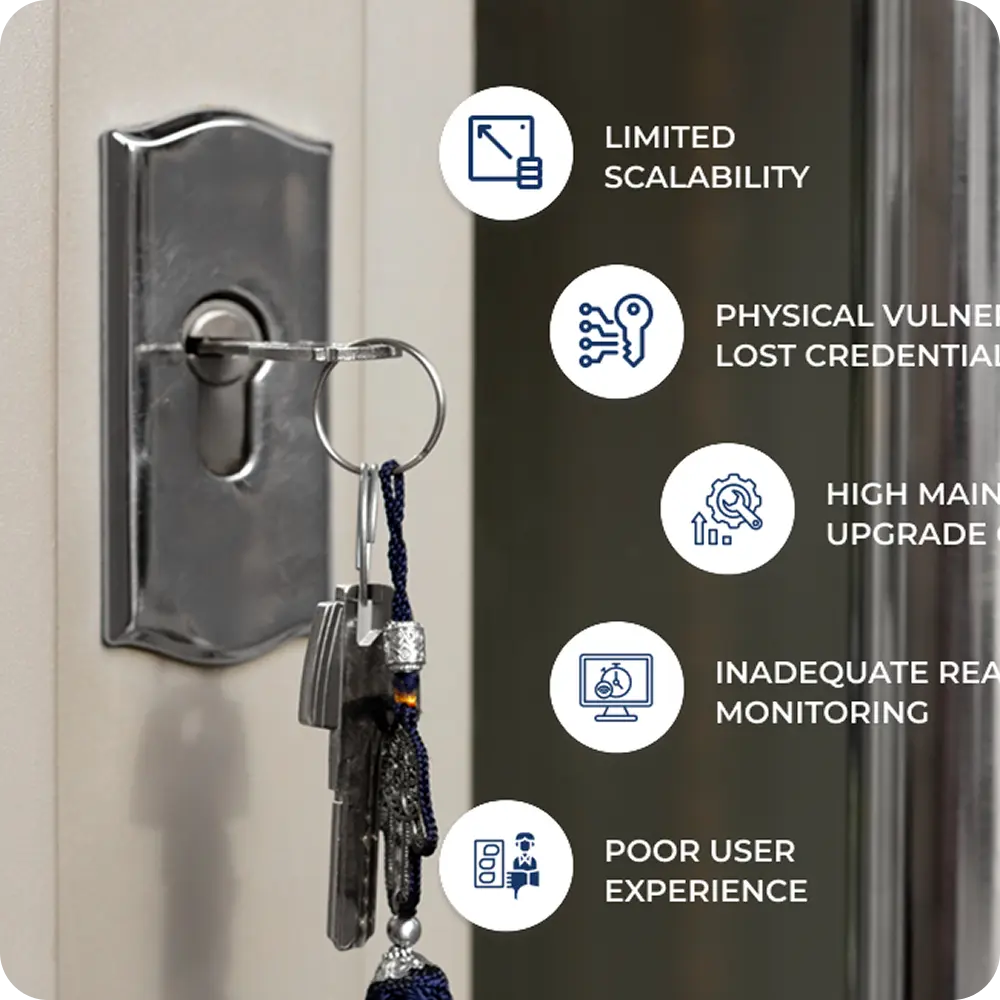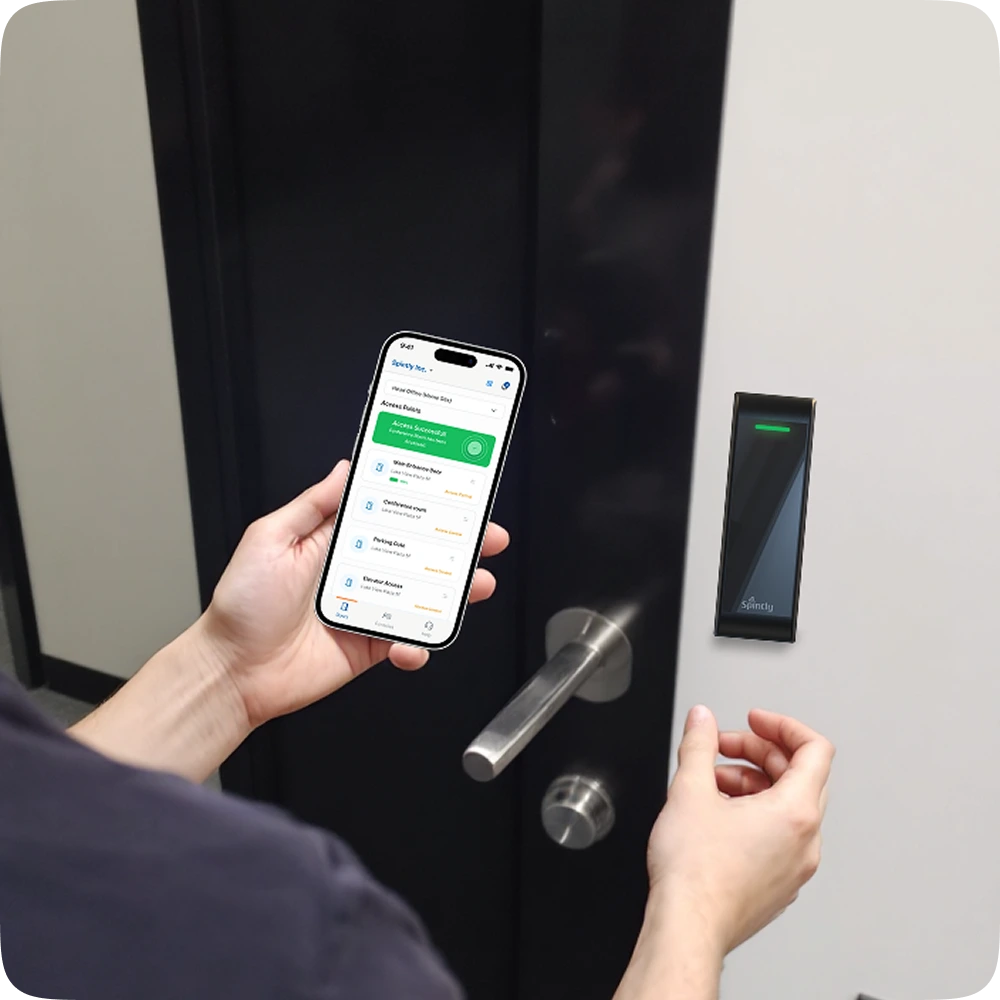In modern workplaces, securing physical and digital assets is essential, and deploying an effective access control system is key. As businesses grow more complex, understanding the different access control models can help in selecting the right system to protect your facilities and sensitive data. This blog explores the four main types of access control, detailing their features, benefits and how advanced platforms like Spintly are transforming access management.
The Four Main Types of Access Control Explained for Better Workplace Security
1. Discretionary Access Control (DAC): Flexible User-Level Control
Discretionary Access Control gives resource owners or managers the power to determine who accesses specific areas or information. This model provides significant flexibility, allowing administrators or property managers to assign or revoke permissions based on individual needs.
Benefits:
- Simplifies management in environments where multiple managers oversee different areas.
- Ideal for residential complexes or small to medium enterprises with diverse access requirements.
Considerations:
- Requires diligent oversight to avoid security gaps, as decentralized control can lead to inconsistent permissions.
- Communication between administrators is crucial to avoid unauthorized access.
Platforms supporting DAC are typically integrated with cloud management portals, allowing easy updates to user credentials remotely, something effectively handled by Spintly’s cloud-based access control platform.
2. Mandatory Access Control (MAC): Strict, Centralized Security
Mandatory Access Control is a highly restrictive system where access privileges are controlled exclusively by a central authority. Users cannot change their access rights; only designated administrators can grant or revoke permissions.
Benefits:
- Provides robust security, making it suitable for high-risk environments such as government facilities, data centers, and industries handling sensitive information.
- Enforces uniform security policies.
Considerations:
- Less flexible and requires a dedicated security team to manage centralized control effectively.
- May be excessive for businesses without stringent security needs.
Integrating MAC with biometric and mobile credential readers, similar to those employed by Spintly, enhances physical security compliance with strict organizational policies.
3. Role-Based Access Control (RBAC): Access Via Job Functions
RBAC assigns permissions based on users’ roles within the organization. Employees receive access rights aligned with their job responsibilities and are denied entry to systems or areas outside their scope.
Benefits:
- Streamlines administration by grouping users with similar access needs.
- Facilitates on/off-boarding and role changes efficiently, since permissions are tied to job titles, departments, or clearance levels.
Considerations:
- Requires careful role definition to avoid excessive access rights, which may lead to insider threats.
- Needs periodic review as organizational roles evolve.
Modern access control systems, like Spintly’s, provide dynamic RBAC capabilities enhanced with APIs and SDKs, enabling integration with HR systems to maintain real-time permission accuracy.
4. Attribute-Based Access Control (ABAC): Context-Driven Flexibility
ABAC is an advanced, granular model that grants access based on various attributes such as user identity, location, time of day, device used, and environmental conditions. It allows precise control by considering multiple factors related to the access request.
Benefits:
- Most flexible and fine-grained access control model suitable for global enterprises and cloud-hosted applications.
- Supports dynamic adjustments, like restricting access to specific locations during off-hours or enabling emergency lockdowns.
Considerations:
- Requires sophisticated policy management and more complex system architectures.
- May involve higher upfront implementation cost due to complexity.
Cloud-native access control platforms leveraging BLE mesh networking and OTA updates, as provided by Spintly, excel at deploying ABAC models for environments needing contextual, adaptive security.
Why Modern Businesses Prefer Multi-Technology, Cloud-Managed Access Control Systems
Today’s access control systems are evolving beyond rigid hardware-centric solutions. Leading platforms combine multiple technologies — biometrics, NFC, BLE, QR code scanning — with cloud-based management. This approach offers:
- Wireless, scalable installations that reduce wiring costs and enable rapid deployments.
- Real-time credential updates accessible through intuitive dashboards.
- Robust audit trails and compliance reporting.
- Mobile and contactless credentials supporting iPhone, Apple Watch, and Android devices.
- Integration-friendly APIs and SDKs for custom workflow automation.
Spintly’s platform embodies these advancements, providing resilient IP65-rated readers and comprehensive cloud management that supports all four access control models. Their multi-modal readers ease transitions from legacy systems while enabling modern mobile- and biometric-based access.
Choosing the Right Access Control Model for Your Business
Selecting the most suitable access control system depends on factors such as:
- Security requirements: Need for strict control vs. flexible access.
- Scale and complexity: Number of users, locations, and access points.
- Operational workflows: Frequency of role changes and visitor patterns.
- Regulatory compliance: Industry-specific data protection regulations.
- Budget and IT infrastructure: Cloud readiness, network capabilities, and maintenance capacity.
Understanding these access control models and leveraging modern platforms like Spintly enable businesses to implement cost-effective, scalable, and secure access solutions tailored to their needs.
Conclusion
Grasping the four main types of access control — Discretionary, Mandatory, Role-Based, and Attribute-Based is essential for any organization committed to workplace security. With evolving technology trends such as cloud management, wireless networking and multi-credential biometrics, businesses have unprecedented software to protect their people and assets efficiently.
Innovators like Spintly lead the way by offering adaptable, powerful solutions that support all these models, helping businesses build secure, user-friendly environments without compromise.
Embracing the right access control system now means securing a safer, smarter future for your workplace.
Get in touch
Explore more blogs
How to Digitize Front Desk Operations Using Spintly’s Visitor Management
How to Digitize Front Desk Operations Using Spintly’s Visitor Management In today’s fast-evolving business landscape, the
Reducing Physical ID Dependency in Corporate Campuses with Mobile Access
Reducing Physical ID Dependency in Corporate Campuses with Mobile Access Corporate campuses have long relied on
10 Common Challenges with Traditional Access Control Systems
10 Common Challenges with Traditional Access Control Systems Traditional access control devices have been the backbone
5 Reasons CEOs Are Investing in Cloud-Based Visitor Management Systems
5 Reasons CEOs Are Investing in Cloud-Based Visitor Management Systems In today’s fast-paced business environment, security,
How IoT is Transforming Office Security & Access Management
How IoT is Transforming Office Security & Access Management In the digital-first enterprise era, traditional keys
Managing Multi-Location Access with a Unified Cloud-Based System
Managing Multi-Location Access with a Unified Cloud-Based System In a world where businesses grow beyond single
How to Choose the Right Attendance Punching Machine for Your Organization
How to Choose the Right Attendance Punching Machine for Your Organization In today’s fast-evolving business landscape,
Centralizing Access Control Systems for Multi-City Offices
Centralizing Access Control Systems for Multi-City Offices In a world where businesses are constantly scaling —
How Integrated Biometric Attendance & HRMS Streamlines Reporting
How Integrated Biometric Attendance & HRMS Streamlines Reporting In today’s fast-moving business world, securing accurate, real-time,
Integrated Biometric Attendance and HRMS: The Sync You Didn’t Know You Needed
Integrated Biometric Attendance and HRMS: The Sync You Didn’t Know You Needed In the modern workplace,











